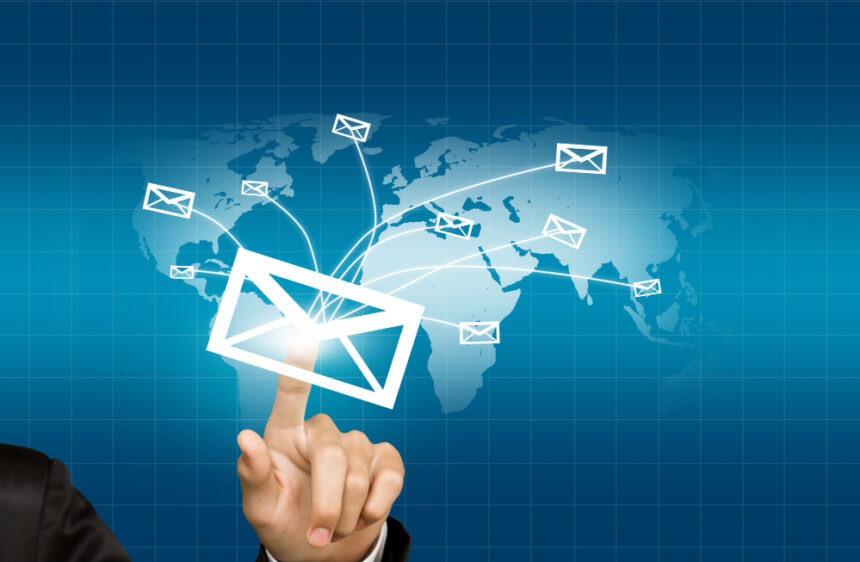In the ever-evolving digital landscape, email marketing remains a crucial tool for businesses looking to engage with their audience. As technology advances and consumer behavior shifts, the strategies that once dominated email marketing are rapidly changing. Understanding the latest email marketing trends can help businesses stay ahead of the curve and maximize their marketing efforts. Let’s explore the key trends shaping the future of email marketing in 2024.
AI and Automation: The Driving Forces of Email Marketing
Artificial intelligence (AI) and automation continue to revolutionize the way businesses approach email marketing. AI-powered tools enable marketers to analyze consumer behavior, personalize content, and automate workflows with unparalleled efficiency. These advancements help businesses deliver highly relevant content at optimal times, increasing engagement rates and conversions.
Automation is no longer just about sending welcome emails or abandoned cart reminders. In 2024, sophisticated AI algorithms are enabling hyperpersonalization by analyzing past interactions, purchase history, and engagement patterns. This allows brands to send highly targeted emails, ensuring that recipients receive content tailored to their preferences.
Hyperpersonalization and Dynamic Content
Gone are the days of generic email campaigns. Today’s consumers expect content that is specifically curated for them. Hyperpersonalization uses data-driven insights to create individualized email experiences. By leveraging AI and machine learning, businesses can customize subject lines, product recommendations, and even the tone of their messages based on user behavior.
Dynamic content plays a significant role in personalization, allowing marketers to change elements within an email in real-time based on recipient actions. For instance, an email sent to a returning customer may feature different promotions compared to one sent to a first-time visitor. This level of customization not only enhances engagement but also boosts customer retention.
Interactive Emails: Boosting Engagement with Gamification
Interactive emails are becoming a powerful tool for increasing user engagement. By incorporating elements like polls, surveys, image carousels, and gamified experiences, brands can encourage recipients to interact with the content without leaving their inboxes.
Gamification is gaining traction in email marketing, where businesses use fun elements like spin-to-win wheels, scratch cards, or quizzes to incentivize engagement. These interactive components make emails more appealing, driving higher open and click-through rates. Moreover, they help brands collect valuable customer insights for future campaigns.
Mobile Optimization: Ensuring a Seamless Experience
With the majority of emails being opened on mobile devices, optimizing email campaigns for smaller screens is no longer optional. A mobile-first approach ensures that emails load quickly, are easy to read, and feature a responsive design that adapts to different screen sizes.
In 2024, email marketing strategies are focusing on minimalist designs, large clickable buttons, and concise messaging to enhance the mobile experience. Marketers must also ensure that their email templates are compatible with dark mode, a feature increasingly preferred by users for its visual comfort.
Privacy and Data Protection: Adapting to New Regulations

With data privacy laws evolving worldwide, marketers must prioritize compliance and transparency. Regulations like GDPR, CCPA, and other emerging laws necessitate clear data collection and usage policies. Consumers are becoming more conscious of their online privacy, making it essential for businesses to obtain explicit consent before collecting and using customer data.
To build trust, brands should clearly communicate their privacy policies and provide users with easy opt-out options. Additionally, implementing zero-party data strategies—where users voluntarily share their information in exchange for personalized experiences—can help businesses maintain compliance while still delivering customized email marketing campaigns.
The Rise of AI-Generated Content and Predictive Analytics
AI-generated content is transforming the way marketers create email campaigns. Tools powered by AI can generate subject lines, email copy, and even entire campaign strategies based on audience behavior. This helps businesses save time while ensuring their content remains relevant and engaging.
Predictive analytics also plays a crucial role in shaping email marketing trends in 2024. By analyzing past data, businesses can forecast future customer behaviors, helping them send the right message at the right time. This data-driven approach increases the effectiveness of email campaigns, leading to higher conversion rates.
Sustainable Email Marketing: The Green Initiative
Sustainability is becoming a key focus in digital marketing, and email campaigns are no exception. Companies are adopting eco-friendly email marketing practices, such as reducing email frequency, optimizing image sizes for lower energy consumption, and encouraging subscribers to opt for digital receipts over printed ones.
By incorporating sustainability into their email marketing strategies, brands not only reduce their environmental impact but also appeal to eco-conscious consumers. Promoting green initiatives within email campaigns can also enhance brand reputation and customer loyalty.
Conclusion: Staying Ahead in the Email Marketing Landscape
As we move through 2024, businesses must adapt to the rapidly changing email marketing landscape. By embracing AI, personalization, interactivity, mobile optimization, data privacy, predictive analytics, and sustainability, brands can craft compelling email campaigns that drive engagement and conversions.
Staying updated with emerging email marketing trends will be crucial for marketers looking to maintain a competitive edge. By leveraging the latest technologies and focusing on user experience, businesses can create impactful email marketing strategies that resonate with their audience and drive long-term success.
